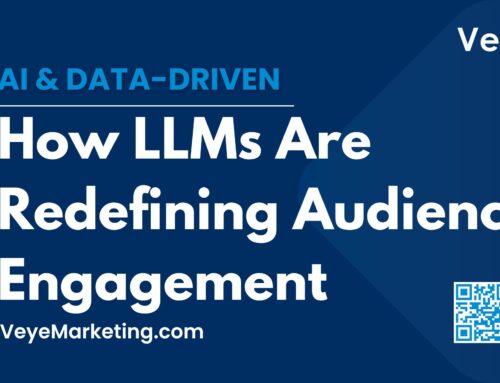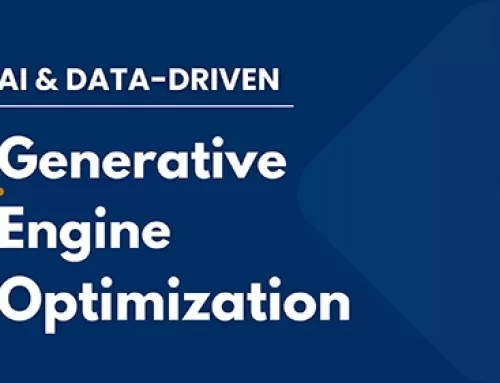Integrated marketing refers to a strategic approach in marketing where various channels and tactics are combined and optimized to deliver a unified and seamless experience to consumers across the touchpoints proven to be the channels they frequent. Instead of focusing on individual marketing channels in isolation, such as advertising, public relations, social media, or direct marketing, integrated marketing aims to coordinate these efforts to ensure consistency in messaging and branding.
The goal of integrated marketing is to create synergy among different marketing channels, amplifying the impact of each and enhancing overall effectiveness. By integrating various elements of the marketing mix, including advertising, promotion, product placement, pricing, and distribution, companies can create a more cohesive and compelling brand experience for their target audience.
But, how does this work for service-oriented businesses? It primarily works the same but instead of product placement, you just have products, which are the services you provide. Instead of distribution, you have place. This involves making your services accessible to your target market. It includes both physical locations (if applicable) and distribution channels such as online platforms or partnerships. If your company provides services to residential communities your place would be a customer’s home.
Integrated marketing often involves careful planning, coordination, and alignment of marketing activities across both traditional and digital channels. This can include coordinating advertising campaigns with social media promotions, aligning messaging across different platforms, and ensuring a consistent brand identity across all customer touchpoints.
Ultimately, integrated marketing seeks to create a unified brand experience for consumers, helping to build brand awareness, drive customer engagement, and foster long-term relationships with customers.






Leave A Comment
You must be logged in to post a comment.